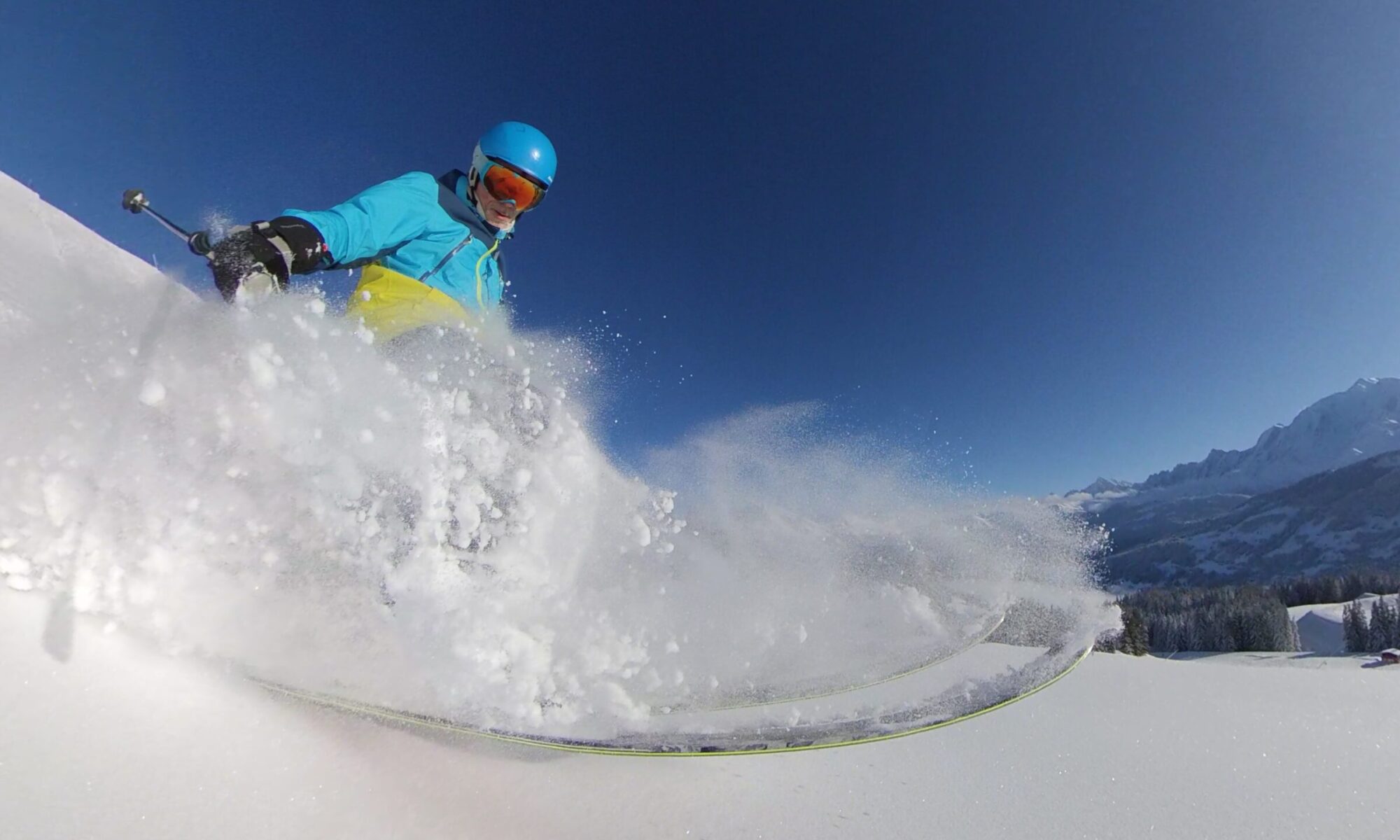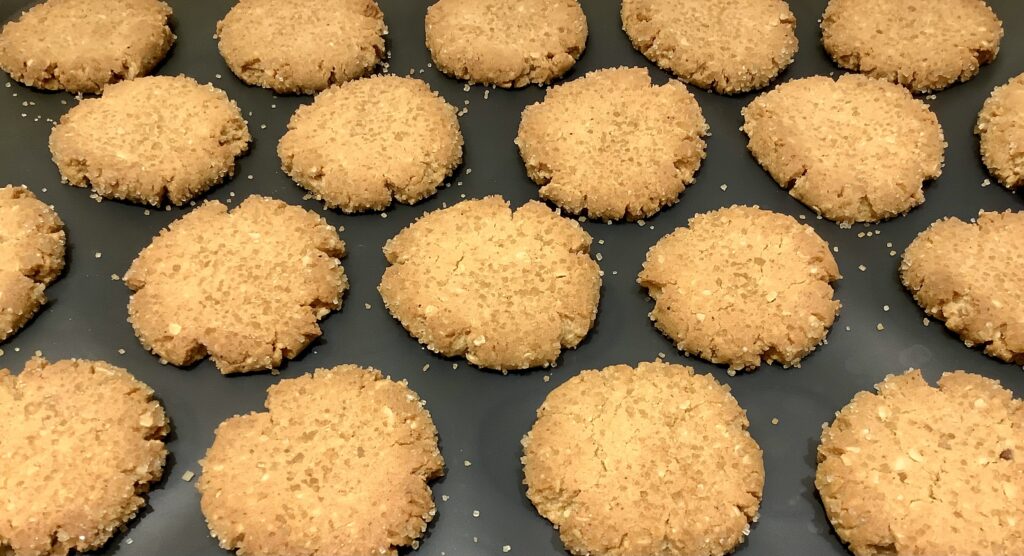In the world of penetration testing, as I’m often involved in with ROS, those taking on the role of attackers are referred to as the “red team”, and those defending as the “blue team”. Red team people are often regarded as the rock stars of INFOSEC, but one key difference is that red-teamers only have to succeed in their efforts once, whereas blue-teamers have to succeed every time. Unfortunately, when the blue team succeeds, nothing notable happens, so they don’t get much of the glory.
This song is a tribute to the unsung heroes of the blue team; Gotta keep out the bad guys, baby!
Unsurprisingly, the “gotta keep out the bad guys” line was about the first thing I thought of, and everything stemmed from that. There were lots of blue-teamy things I could have written about, but I preferred to keep it short. The string-bend bass riff was the first bit of music, then the funky guitar parts, though I ended up dialling them back a bit in favour of some chuggy rhythm guitar. As in my other tracks, I was keen to use Synthesizer V for vocals, and the backing vocals came out really well. I wrote the lead guitar solo, then thought a higher vocal part alongside it might work, and it was also a chance to have a dig at the red team; it’s my favourite bit of the song.
There are a lot of guitar parts overall (all played by me), and only some small pad and organ keyboards for backing. I was especially happy that I managed to pull off the more aggressive bass parts and the lead solo. As usual, the drums were all done with Logic’s Drummer instrument, which does a great job without getting drunk and falling asleep during rehearsals, and its excellent “follow” mode meant that the drums could match what I’d played on the bass, rather than being some disconnected pattern.
As usual, I’m not too happy with my vocals (PRs welcome!), but Logic’s Flex Pitch editor works enough magic to get the job done. This track could really do with someone that can get a bit more grungy in the verses, with a hint of Elvis for the chorus.
[Intro] Don’t break a sweat from a constant threat. We’ve got the tools to meet them and firewall rules to defeat them. [Verse] We’ll take our time to build our defences. No need to be concerned, we know the consequences. They’re going to attack our networking stack, but we can keep them guessing as their port scans come to nothing. [Chorus] Because, I’m on the blue team, baby, we’ve got to always win. Gotta keep out the bad guys, can’t ever let them in. Come join the blue team, baby, we need your awesome skills. Come watch that bad actor try to guess my second factor. [Solo] Oooh red team stays outside, don’t want you here. Just go away and don’t come back. You’ve gotta find another way. [Verse] Alarm bells ring from a tripwire’s string. Logs tell a sad, sad story of a search for a way in. SOC screens flash for a matching hash We’ve seen this one before and there’ll be many more [Chorus] That’s why I’m on the blue team, baby, (ooh yeah) we’ve got to always win. (blue team, blue team) Gotta keep out the bad guys, (ooh yeah, gotta keep out the bad guys baby) can’t ever let them in. Come join the blue team, baby, we need your awesome skills. Show your strength, let it shine, help take those APTs offline We’re on the blue team, (ooh yeah) got to always win. (blue team, blue team) Gotta keep out the bad guys, (ooh yeah, gotta keep out the bad guys baby) can’t ever let them in. We’re on the blue team, baby, we’ve got to always win. We’re the unsung heroes. (gotta keep out the bad guys, baby)
If you like this song, please consider supporting me by buying my albums on Bandcamp, and sharing links to my music on your socials.

